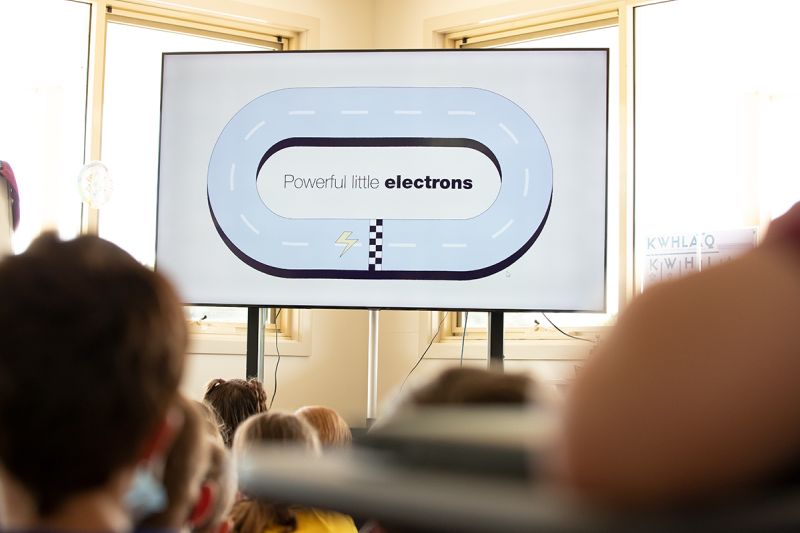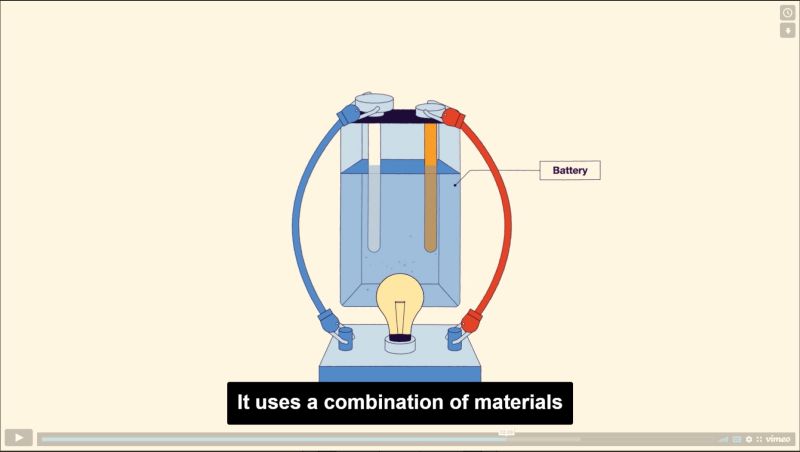Learn
We have developed a Learning Hub to support local schools with curriculum-linked content about electricity and renewable energy.
Take a look at the stand-alone website which features videos, interactive game & lesson plans for upper primary & lower secondary students.
neoenlearning.com
What does a big battery do?
Ever wondered what a big battery does?
Neoen and AusNet have made a wonderful animation that explores the many abilities of a grid-scale or big battery and the role they play in supporting the clean energy transition.
CASE STUDY: SA BIG BATTERY
The fast ramping capability of the Tesla Powerpacks used at the Hornsdale Power Reserve (HPR) allows the facility to dispatch large amounts of power quickly and reliably. This means it can support the South Australian electricity grid and deliver major cost savings by providing frequency control and short-term network security services.
In 2019, HPR reduced costs in the National Electricity Market by $116M through the provision of Contingency and Regulation Frequency Control Ancillary Services.
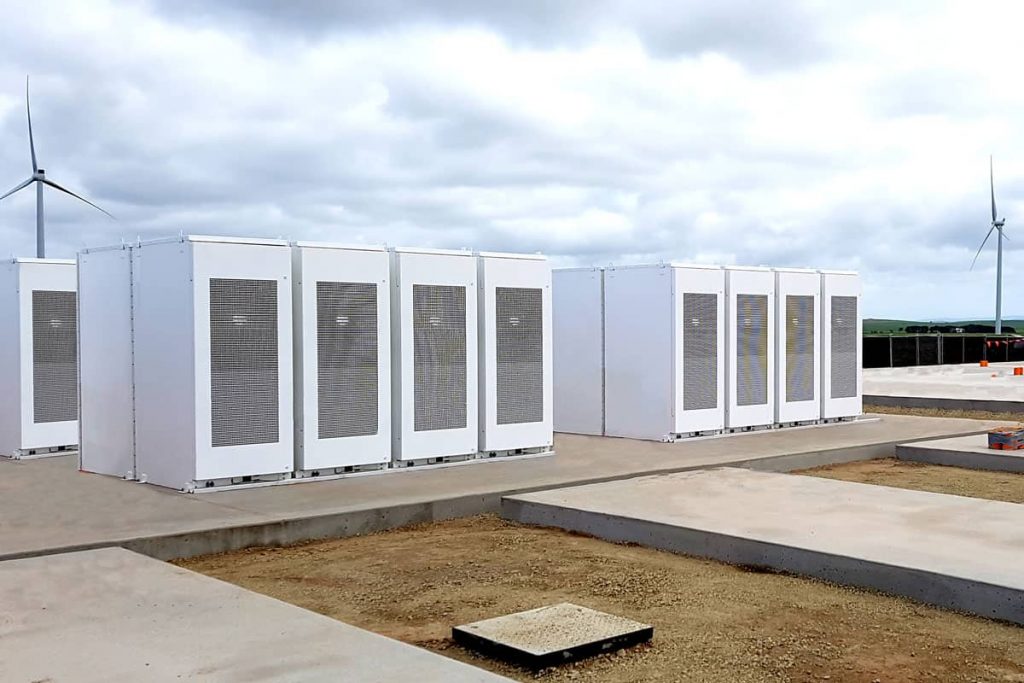
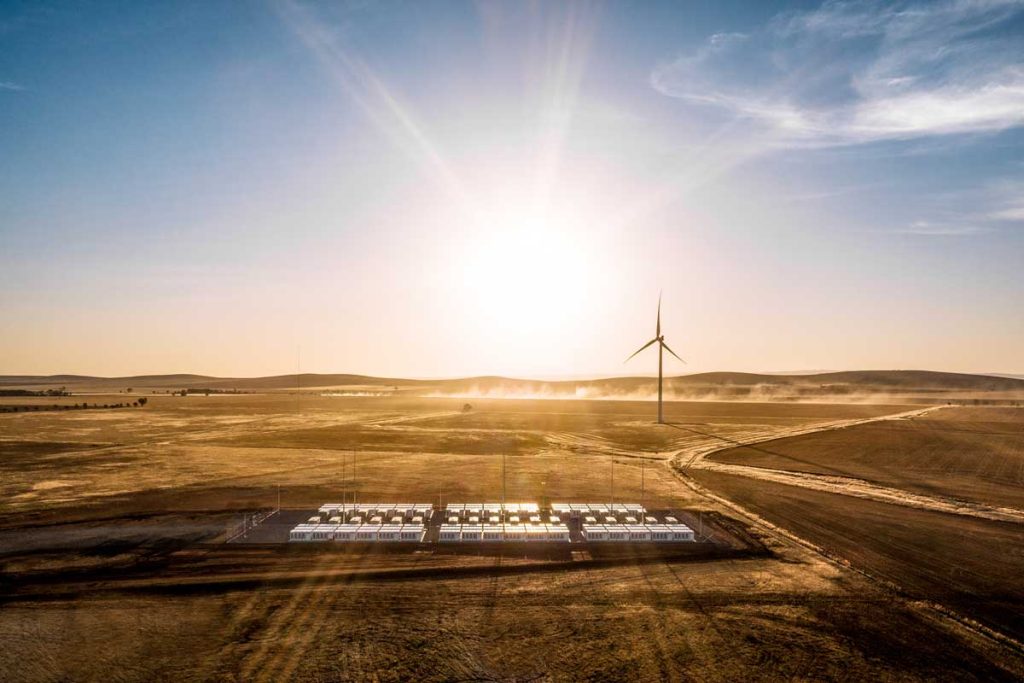
FREQUENCY CONTROL ANCILLARY SERVICES (FCAS)
FCAS is a system in the national electricity market that helps maintain the power system at the right frequency (50Hz).
If the frequency goes outside the normal operating frequency band (49.85Hz to 50.15Hz), the power system faces significant issues and potentially leads to complete blackouts.
For instance, if power generation rises then the frequency will rise. Similarly, if electricity demand increases then the frequency decreases.
Therefore, demand and supply need to be permanently equal to keep the frequency as close to 50Hz as possible. It is the Australian Energy Market Operator’s responsibility to manage this through the FCAS markets.
DISPATCHING LARGE AMOUNTS OF RENEWABLE POWER
A portion of the battery is dedicated to trading on the electricity market.
This capacity is being used to store power from the grid when demand is low, and dispatch it when demand is high. This reduces the need for expensive gas ‘peaking plants’ and places downward pressure on power prices for South Australian consumers.
At 100MW/129MWh (soon to be expanded by a further 50MW/64.5MWh), the Hornsdale Power Reserve is the largest lithium-ion battery in the world. When dispatching at peak output, the battery provides enough electricity to power the equivalent of 45,000 homes.
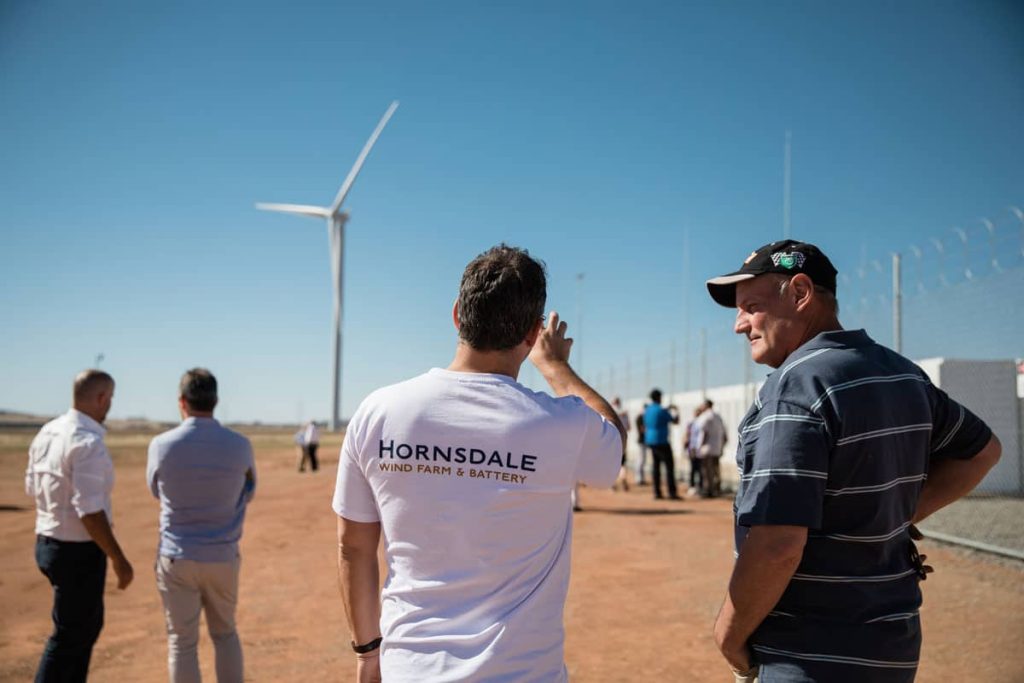

PROJECT EXPANSION BENEFITS
In addition to continued energy bill savings for consumers, the expansion will also provide an Australian-first large-scale demonstration of the potential for battery storage to provide the stabilising inertia services that are critical to the future integration of renewable energy.
This will ensure South Australia can continue to harvest its world class wind and solar resources and achieve its target of being net 100% renewable by 2030.
It will also see the state transition to become a net-exporter of cheap and clean energy to the national electricity market, and further drive down electricity prices for all consumers.
VIRTUAL INERTIA
As with vehicle suspension on an uneven road, inertia services are essential for stabilising the grid when electricity supply and demand fluctuate.
The expanded 150 MW Hornsdale Power Reserve will be upgraded with Tesla’s Virtual Machine Mode, which allows the advanced power inverters to emulate the existing inertia services being supplied by an ageing fleet of fossil fuel power plants.
The level of inertia that would be provided by HPR could match half of the total needs of South Australia.
This Australian-first battery technology will trial responding to supply fluctuations by automatically and rapidly charging and discharging. By imitating the behaviour of the existing fossil fuel-based services, the Hornsdale Power Reserve can arrest any grid frequency deviations through a clean and regenerative substitute.
The Australian Energy Market Operator has identified that the South Australian grid requires 6,000 megawatt-seconds (MWs) to maintain a secure operating level of inertia.
It is anticipated that Hornsdale Power Reserve as expanded could provide up to 3,000MWs of inertia.
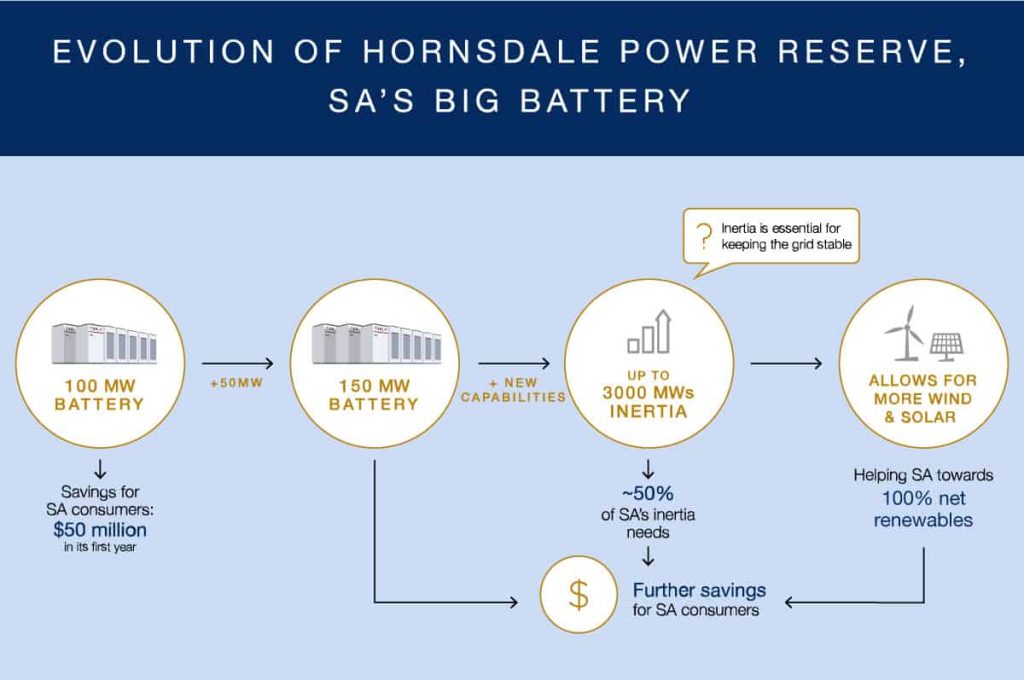
© 2024 Neoen
Acknowledgement of Country artwork: ‘Celebrating Renewal’ by Teho Ropeyarn, 2022
